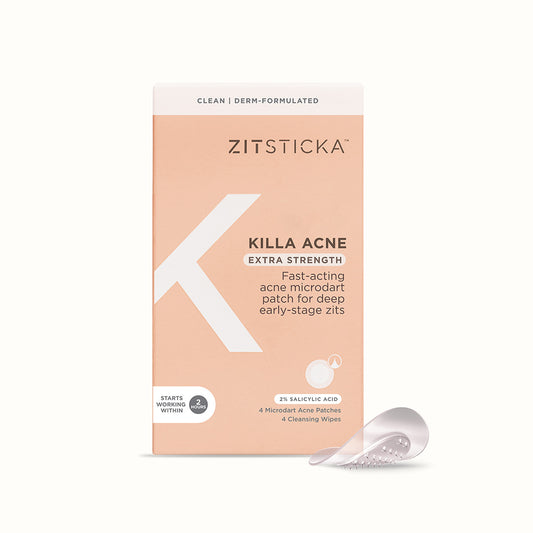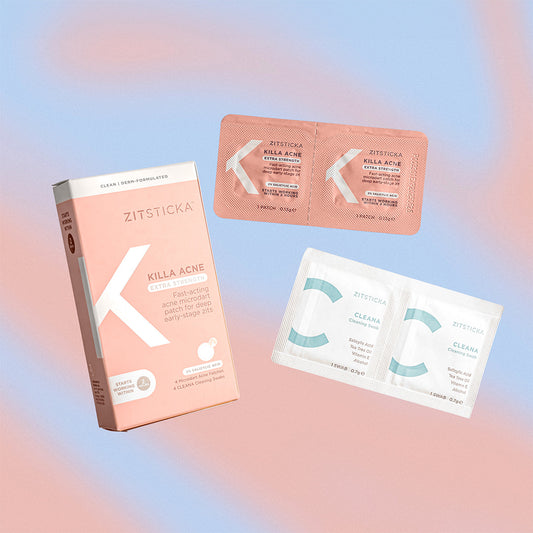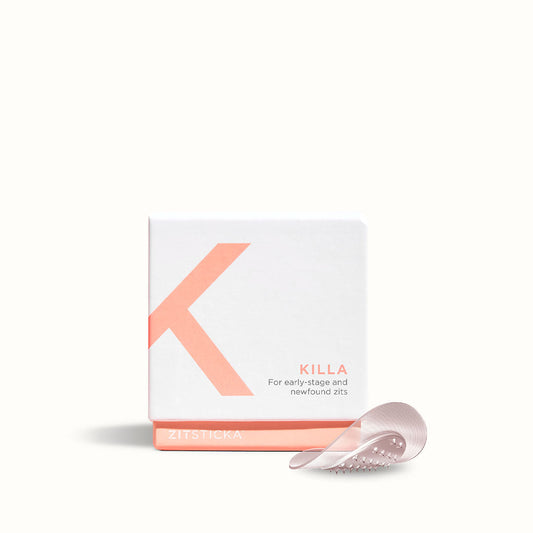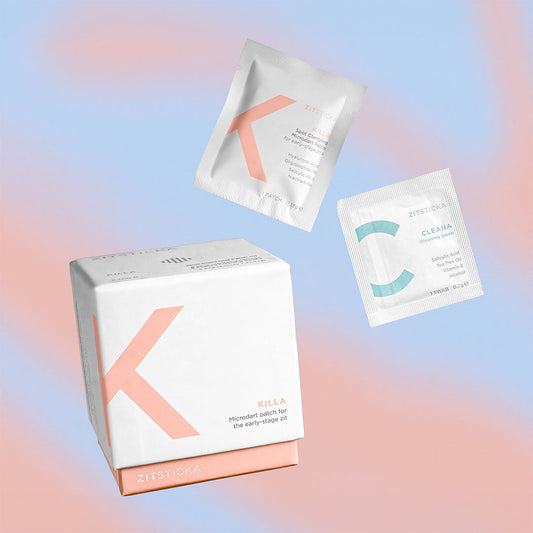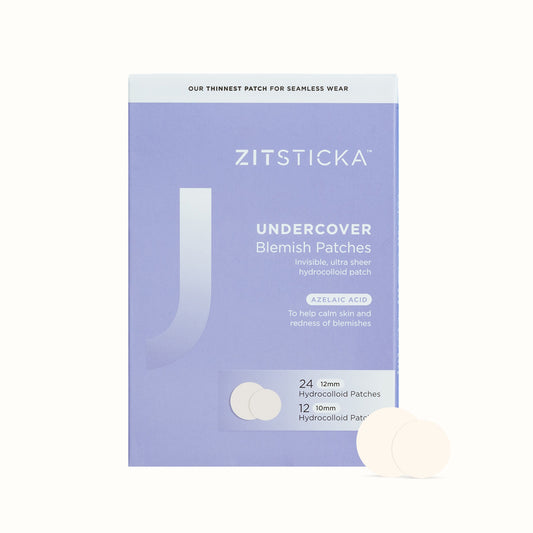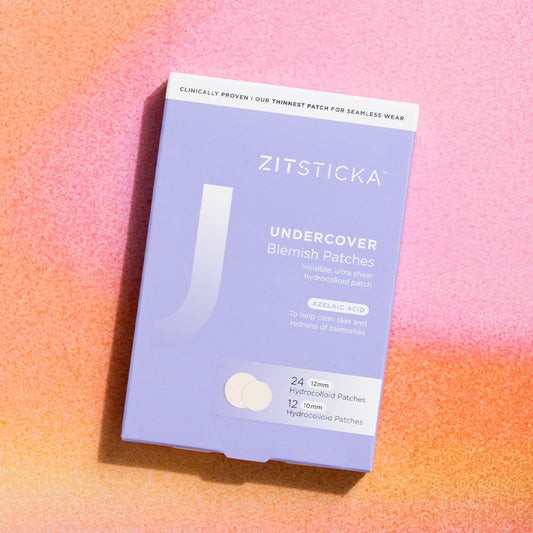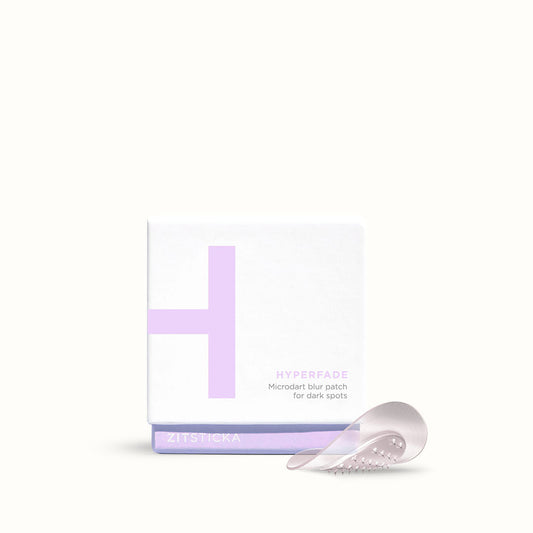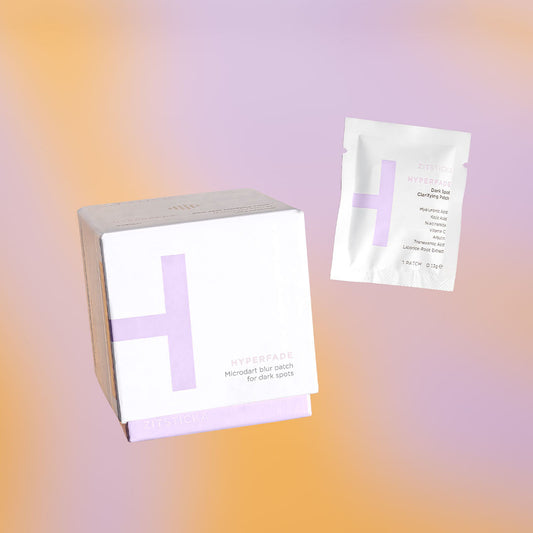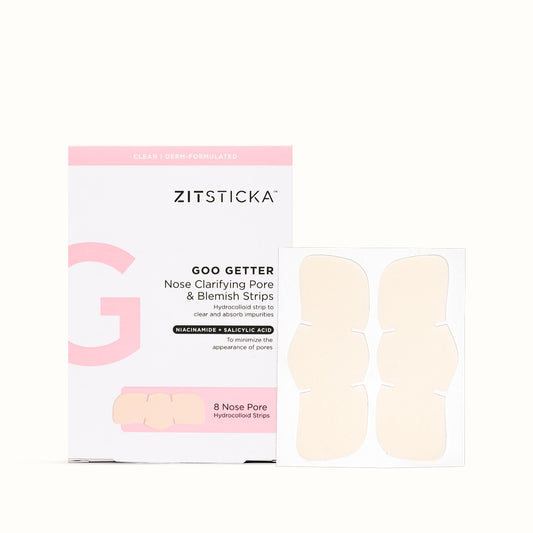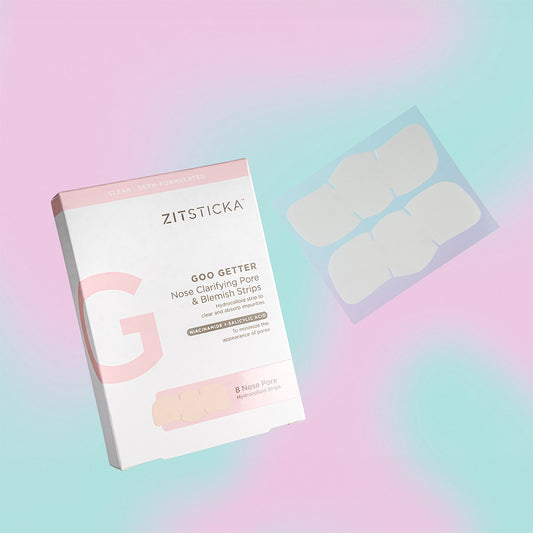There’s oily skin and dry skin. Fine hair and thick hair. Deep, hormonal zits and your average, superficial zit. The first two are fairly obvious and easily distinguishable… but the latter? Not always. Most people think of all zits as one homogenous pimple, but that’s pretty far from the truth. So who cares, right? They all suck, right? While any pimple is not ideal, you must know the genre of the traitor in order to eject it from your face with ease…
(Buuuut before you get to the learning part, there’s a discount part! For 15% off our soon-to-drop product, that addresses one of these types of zits. Click here for the discount, then wait for the skin-saving news to arrive in your inbox :))
Ok! The story starts now:
So... what tf is a pore? Why do they always seem to be clogged?
Before we delve into the complexity of pimple particulars, we must first go back to the literal source: the pore. At the risk of spreading well-known info, a pore is technically defined as an opening on a surface to ensure the absorption or the release of gases or fluids. *We didn’t enjoy writing that probably as much as you didn’t enjoy reading that. So sorry & kindest regards xx.* 
Fun! Fact!: There are actually 2 kinds of pores! Let’s talk more about them!
Sebaceous Gland (Oil/Sebum): This particular pore is one that is connected to an oil gland. Sebaceous glands actually cover the entirety of the skin’s surface except for the soles of the feet and the pores on the hands. This is who we typically attribute our unwelcomed zits to.
Sweat Gland: These pores are connected to sweat glands. Sweat glands also cover the entire body, including the hand palms and the soles of the feet.
There are a number of contributors to the clogging of the infamous pore. One common aggressor is when there is a surplus of sebum. Another is a buildup of dead skin cells. These first two pimple instigators tend to be the most common, but there are also pimple patrons such as toxins from the air, other outside environmental oils, sweat, etc. The possibilities seem, unfortunately, endless. *Rolls eyes indefinitely*
Deep, blind, hormonal
Now that we’re finished with that uncomfy pore seminar, let’s unpack the differences among common zit-types that us mortal beings are cursed to endure. Zits come in many shapes, sizes and colors, therefore making our job to treat them that much harder. C’est la vie! For those of us who aren't dermatologists, here are 3 simple indicators that your zit is more underground and/or hormonal:

-
Depth (beneath the surface): The hormonal pimp, a young bottom dweller, usually stays beneath the surface, sometimes for weeks on end. They’ve got big personalities once you get to know them, but at first they’re quite shy.
-
Tenderness 🥺: This is usually one of the simplest signs your pimp is of the elusive, deep, lowkey angry and underground variety. Sometimes they even can pulse and throb if you unknowingly manage to piss them off enough. Alas, they are sensitive little buggers.
- No whitehead or blackhead: These zits don’t usually have a visible white/blackhead and if it does it usually takes weeks to develop.
One extremely important factor to note with these stubborn hormonal pimples is to avoid picking or popping them. Due to their makeup, they’re far more likely to leave damage in their wake. We know it’s tempting, but we can guarantee you’ll be happier if you leave that little shi- …. zit alone. Want to get ahead of the hormonal pimple? We can fix that! Check out our solve deep zits: The KILLA Kit. Our microdart patch technology self-dissolves upon application to infiltrate the center of that deep and relentless underground zit.
Common, superficial zit
So what if it's not the cavernous, throbbing, hormonal pimp? Enter the less painful but sometimes more visible type: The common zit. More easily recognizable and generally quicker to vanquish, here is a good layperson’s criteria for the common surface pimple:

- It protrudes: A prototypical pimple usually will begin to come out of its shell right off the bat. They are not shy. They make themselves known at the party. One might even claim these the Leo zodiac signs of the zits.
-
Whitehead: We know them. We extremely dislike them. They’re a sign you should turn to ingredients with exfoliating and regenerating properties. Pls keep reading for a hand-picked list of top-rated pimple fighting ingredients for the average zit.
- Salicylic acid: a BHA that deeply and quickly penetrates the skin to melt away debris and clogged pores that lead to breakouts.
- Tea tree: contains antibacterial properties that can reduce inflammation in pimples.
- Niacinamide: an extremely versatile B vitamin that works to tighten and minimize pores, even skin tone, minimize and soften wrinkles and so much more.
- Vitamin C: another multifaceted ingredient, this powerhouse antioxidant contains powers that benefit both before and after skin issues occur. Vitamin C helps to even and brighten skin tone, protect from environmental stressors and free radicals, and fine tune lines and wrinkles. This is an essential ingredient for helping to prevent hyperpigmentation.
Need the answer to your common pimple prayers? We ALSO can fix that... soon ;)
Sign up for our waitlist here for 15% off our soon-to-be-released product—hints for which can be found in this very article—and early access to its skin-saving powers.

